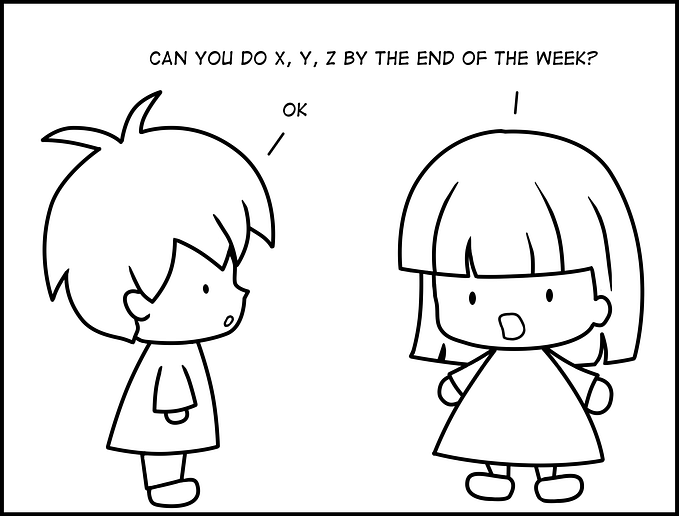More stories like this…
People tell stories about you, whether you like it or not. The question is: how do these stories influence the experience vision you’ve got? Are you just day-dreaming about the ideal future state or are you willing to use these stories to influence your actions today?

Yes, word of mouth is the ultimate marketing tool. It is also the ultimate measure of the quality of experience you deliver. Because at the end of the day, you want your customers to tell good stories about you rather than bad. Have you ever consider though, what sort of stories could these stories be?
Vision is the dream
The Cheshire Cat said: — If you don’t know where you want to go it doesn’t matter which road you take. This is why it is crucial to have a vision for your experience. Yet, there is a number of dangers laying there.
The biggest one is that you might get lost in that vision and start day-dreaming while doing the same thing over and over again. You might see this vision as so grandiose that no matter what you do, you won’t be able to reach it. Or, even worse, you might figure out that whatever you do will be ok as the vision is so grand, there is no way to see whether your present actions harm or nurture it. Focusing on the future makes you create false expectations of what this future might be like. Being too future-focused makes you immune to the small changes that happen today. They are simply too small comparing to the big change you are hoping for that you don’t appreciate them enough.
The second danger is similar to the first one but with a little twist. your vision might be too abstract to act on it. Let’s say, your company wants to be the first in your category. It is a fairly abstract goal. What does it mean to be first? In what? How? Again here it is easy to fall into the pit hole of doing the same over and over again, hoping for the different result. Why? Because you don’t know for yourself what qualities you wold like to leverage. And if you don’t know that, you will keep on trying to leverage whatever seems appropriate at a given moment.
The third danger is that you will begin to treat your vision as your goal. Like I said before: your vision is your ambition. Your dream. Turning it into a goal might mean that you will try to achieve it in a direct manner not oblique. You will see just one path to follow and therefore you will miss the subtle serendipitous signals that can help you strengthen your market differentiation. Think of is as a journey to an unknown destination. If you start on it, you are likely to discover things you didn’t expect, right? But if you have an explicit goal to achieve you are likely to develop a tunnel vision: you will only see what you expect to see; what advances you towards your goal. Why? Because we don’t see what we don’t expect to see. We only see things thwt match our goal. Yet, the potential for differentiation lays in being first to notice things on the way that help you do things your competition would never imagine of doing. For that you need sensitivity to the subtle signals that might not be in the center of your attention.
So, yes, indeed, you need a good vision. But it is only a beginning.
Managing the present rather than the future
Every journey starts with the first step, right? Why should it be any different with respect to your experience vision? Why can’t we think of getting to our dream by the means of small stepping-stones rather than seven-mile shoes?
How can it be done? By working from where you are today rather than where would you like to be in an unidentified future. This is the center of playing the infinite game of business: being a little better tomorrow from who you were today.
The big question is: how to do it? And the answer is simple and difficult at the same time. You can do it by changing the stories your customers tell about you today in the desired direction. In other words, use the customer stories to describe the present and see what you can change today.
Such an approach rooted in what’s going on today will keep you sensitive to the strong and the weak signals from your customers. It will help you find both positive and the negative evidence for your actions. But above all it will help you to create a sustainable practice that remains consistent with your vision without the risk of giving up too early because the successes you observe are to small with respect to the vision you formulated.
In other words, it is not about closing the gap between the present and the future state described by your vision. It is about making slight shifts in the present that will over time accumulate into the large change you are dreaming about. It is a way to start talking about the reality of today rather than dwelling on how you would like things to be in the future. It is the way to see and celebrate progress while giving time to your customers to trust you.
_________________________________________________________________
Aga Szóstek, PhD is an experience designer with over 19 years of practice in both academic and business world. She is an author of “The Umami Strategy: stand out by mixing business with experience design”, a creator of tools supporting designers in the ideation process: Seed Cards and the co-host in the Catching The Next Wave podcast.







